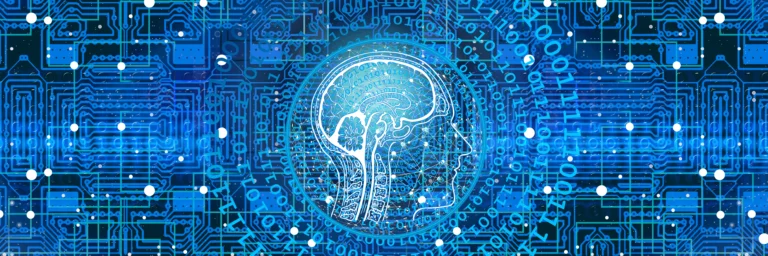Artificial Intelligence Inventing New Things
I’d like to welcome you to our blog on Artificial Intelligence inventing new things out of scratch. This concept is one that is rapidly gaining momentum in the world of technology and has the potential to be as globally transformative as previous technological advancements such as steam engines, railroads, electricity, electronics, and the internet. The application of AI in this manner has significant implications for the economy, society, and even the workplace of the future.
In this blog, we’ll be diving into the details of how AI is being used to create new and unique things, the techniques and methods being employed, the limitations and challenges being faced, and the current state of AI-generated creations. We will also explore the future possibilities of AI-generated creations and their potential impact on various industries.
In the following sections of our blog, we will present all the key points and arguments. We hope you’ll find this blog informative and intriguing. So, sit back, relax and let’s dive into the world of AI-generated creations!
How is Artificial Intelligence Inventing New Things?
Techniques and Methods
Deep Learning and Machine Learning Techniques in AI Creation
Let’s delve deeper into the techniques and methods used in Artificial Intelligence Inventing New Things, specifically focusing on deep learning and machine learning.
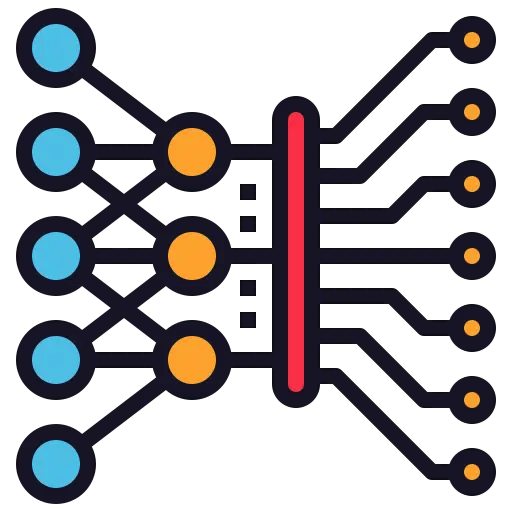
Deep learning, a subfield of machine learning, is a hierarchical, distributed, and end-to-end architecture that is inspired by the structure and function of the brain, known as artificial neural networks. It allows for the creation of more complex models than traditional machine learning methods.
Deep learning algorithms are trained using large amounts of labeled data and can be used for a variety of tasks such as image and speech recognition, natural language processing, and more. And the current value of deep learning lies in its ability to learn from labeled data and algorithms through supervised learning in Artificial Intelligence Inventing New Things.
Limitations and Challenges of AI techniques

While deep learning has many advantages in Artificial Intelligence Inventing New Things, it also comes with its own set of limitations and challenges. One limitation is that it can be challenging to pinpoint the source of poor performance due to the hierarchical, distributed, and end-to-end nature of the architecture. Additionally, deep learning algorithms require large amounts of labeled data which can be costly and time-consuming to acquire.
On the other hand, Machine Learning is a broader field that encompasses various types of learning, including supervised, unsupervised, and reinforcement learning. The goal of machine learning is to enable computers to learn from data, without being explicitly programmed. It is used in a wide range of applications including image and speech recognition, natural language processing, and predictive analytics in Artificial Intelligence Inventing New Things.
In summary, deep learning and machine learning are two techniques used in AI creation, with deep learning being a subfield of machine learning which has its own set of advantages and limitations. We hope this information will give you a better understanding of the techniques and methods used in AI creation and the limitations and challenges being faced when using these techniques in Artificial Intelligence Inventing New Things.
Examples of AI-generated creations
In this section, we will explore the current examples of AI-generated creations in various fields such as art, poetry, music, and photography.
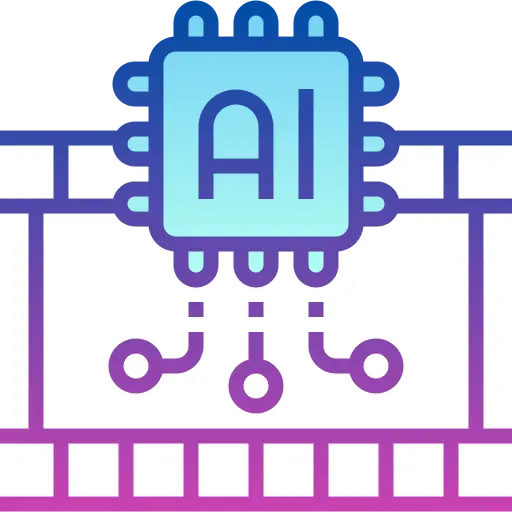
With the advancements in AI technology, there has been a plethora of AI-generated creations in Artificial Intelligence Inventing New Things that have been produced in various fields. In the field of art, AI-generated artworks have been created using generative models that can generate images, videos, and even sculptures. In the field of poetry, AI-generated poetry has been created using natural language processing techniques that can generate poetry that is grammatically correct and semantically meaningful.
AI-generated Creations Art
In the field of art, AI-generated artworks have been created using generative models that can generate images, videos, and even sculptures. Some examples of AI-generated art include:
- “The Next Rembrandt” project, where a team of researchers used deep learning techniques to create a new painting in the style of the famous Dutch painter Rembrandt.
- “Deep Dream” is an algorithm developed by Google that generates surreal images by transforming existing images using a deep neural network.
- “AIsprite” is a generative model that creates pixel art.
AI-generated Creations Poetry
In the field of poetry, AI-generated poetry has been created using natural language processing techniques that can generate poetry that is grammatically correct and semantically meaningful. Some examples of AI-generated poetry include:
- “The Romanticist” is an AI poetry generator developed by OpenAI that creates romantic poetry
- “PoetRNN” is a recurrent neural network-based poetry generator
- “Neural Poetry” AI-generated poetry that uses deep learning techniques to generate unique and creative poems
AI-generated Creations Music
In the field of music, AI-generated music has been created using generative models that can generate music that is harmonically and rhythmically correct. Some examples of AI-generated music include:
- Amper Music, a platform that uses AI to compose and produce original music tracks
- AIVA (Artificial Intelligence Virtual Artist), an AI that generates original music compositions
AI-generated Creations Photography
In the field of photography, AI-generated photographs have been created using computer vision techniques that can generate images that are visually pleasing and semantically meaningful. Some examples of AI-generated photography include:
- “DeepDream” algorithm developed by Google, which generates surreal images by transforming existing images using a deep neural network.
- “DeepArt.io” is an online tool that allows users to upload their own photos and apply various AI-generated art styles to them.
- “Artbreeder“, is an online platform that allows users to breed and generate new images by combining different features and attributes of existing images.
- “ThisPersonDoesNotExist.com” is a website that uses Generative Adversarial Networks (GANs) to generate realistic images of people who do not actually exist.
These AI-generated photographs showcase the potential of computer vision techniques in creating visually pleasing and semantically meaningful images.
Quality and Uniqueness of AI-generated Creations
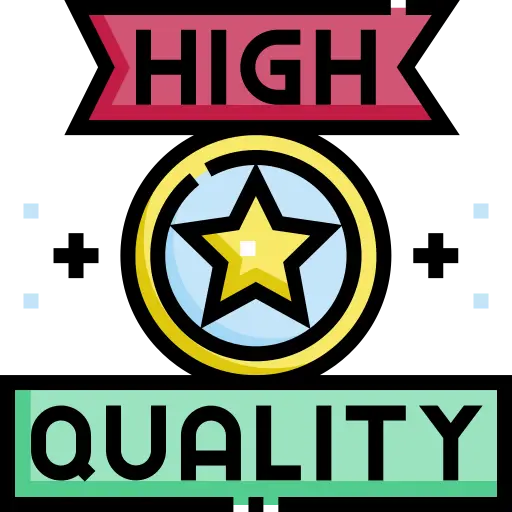
The quality of AI-generated creations varies depending on the complexity of the models used, the quality of the training data, and the skill of the creators. Some AI-generated creations are very high quality and are indistinguishable from human-generated creations, while others are of lower quality and are easily distinguishable from human-generated creations. The uniqueness of AI-generated creations also varies depending on the complexity of the models used, the quality of the training data, and the skill of the creators. Some AI-generated creations are highly unique and have never been seen before, while others are not as unique and are similar to existing human-generated creations.
Comparison to human-generated creations

AI-generated creations can be compared to human-generated creations in various ways. One way to compare them is by looking at the quality and uniqueness of the creations. As mentioned earlier, some AI-generated creations are of very high quality and are indistinguishable from human-generated creations, while others are of lower quality and are easily distinguishable from human-generated creations. Another way to compare them is by looking at the creative process. AI-generated creations are created using algorithms and models, while human-generated creations are created using the human mind and human skill.
Future Possibilities
In this section, we’ll be taking a glimpse into the future of AI-generated creations and their potential impact on various industries.
Future Developments in AI-generated Creations
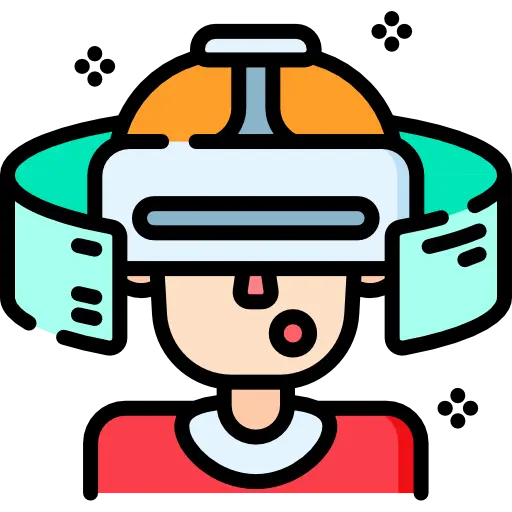
A. Discussion of the potential future developments in AI-generated creations: With the rapid advancements in AI technology, the possibilities for AI-generated creations are endless. In the future, we can expect to see even more sophisticated AI-generated creations that are of even higher quality and uniqueness than those that currently exist. We can also expect to see more interdisciplinary collaborations between AI researchers and creators in other fields such as art, literature, and music. This will lead to the creation of even more diverse and unique AI-generated creations.
Impact of AI-generated Creations on Industries
AI-generated creations have the potential to revolutionize various industries. In the field of art, for example, AI-generated art has the potential to change the way we think about art and creativity. In the field of literature, AI-generated literature has the potential to change the way we think about storytelling and writing. In the field of music, AI-generated music has the potential to change the way we think about music composition and performance. Overall, AI-generated creations have the potential to change the way we think about creativity and art in general.
Ethical Implications of AI-generated Creations

As with any new technology, there are also ethical and societal implications to consider. One of the ethical implications of AI-generated creations is the question of authorship and ownership. Who owns the rights to an AI-generated creation? Another ethical implication is the question of bias. AI-generated creations are only as unbiased as the data they are trained on, and so it’s important to ensure that the data used to train AI models is diverse and unbiased.
Overall, AI-generated creations are an exciting and rapidly growing field with many possibilities for the future. We hope this discussion has sparked your interest in this field and the potential impact it can have on various industries.
Conclusion
To wrap up our discussion on AI-generated creations in Artificial Intelligence Inventing New Things, let’s summarize the key points and takeaways from this blog.
We’ve explored the concept of AI creating new things out of scratch in Artificial Intelligence Inventing New Things, the techniques and methods used in AI creation including deep learning and machine learning, and the current examples of AI-generated creations in various fields such as art, poetry, music, and photography. We’ve also discussed the future possibilities, the potential impact of AI-generated creations on various industries, and the ethical and societal implications of AI-generated creations.
If you’re interested in learning more about Artificial Intelligence Inventing New Things, there are many resources available to help you continue your journey. Some suggested reading include:
- “Generative Art: A Practical Guide Using Processing” by Matt Pearson,
- “Artificial Intelligence and the Arts: Computational Creativity, Artistic Behavior, and Tools for Creatives” by Penousal Machado.
- “The Creativity Code: Art and Innovation in the Age of AI” by Marcus Du Sautoy
Additionally, there are many online tutorials, courses, and communities dedicated to AI-generated creations that you can explore.
We encourage you to experiment with Artificial Intelligence Inventing New Things and share your own creations with the community. There are many tools and platforms available that allow you to create your own AI-generated creations without needing to have a deep understanding of AI. By experimenting with AI-generated creations and sharing your own creations with the community, you’ll be contributing to the growing field of AI-generated creations and helping to push them forward.
We hope this blog has given you a better understanding of the concept of AI creating new things out of scratch Artificial Intelligence Inventing New Things and encouraging you to explore the possibilities of this exciting field further. AI-generated creations have the potential to change the way we think about creativity and art and have a significant impact on various industries.
With advancements in deep learning and machine learning techniques, the possibilities for AI-generated creations are endless. From art, poetry, music, and photography, to more practical applications such as medicine and transportation, the potential for AI-generated creations are vast. It’s an exciting time to be a part of this field and we look forward to seeing the advancements and creations that will come from it in the future.
Thank you for reading and we hope you enjoy experimenting with AI-generated creations.





